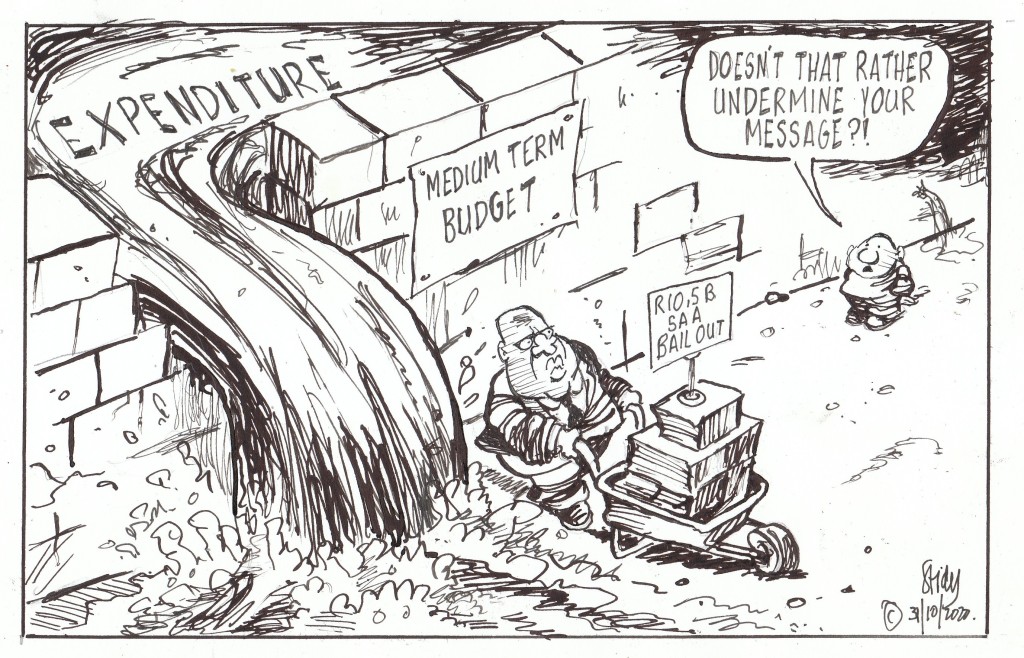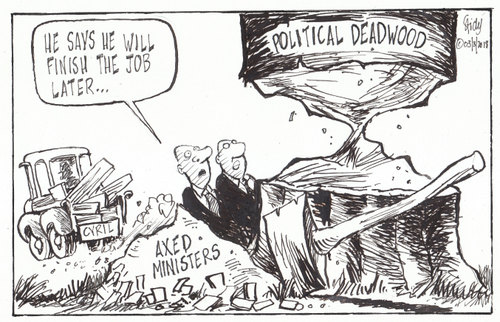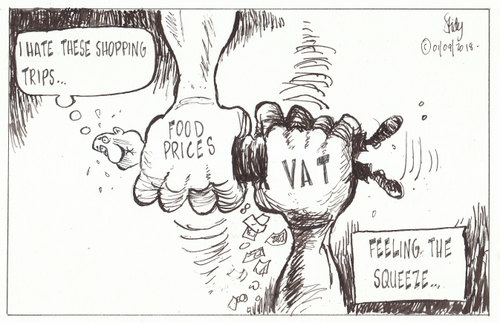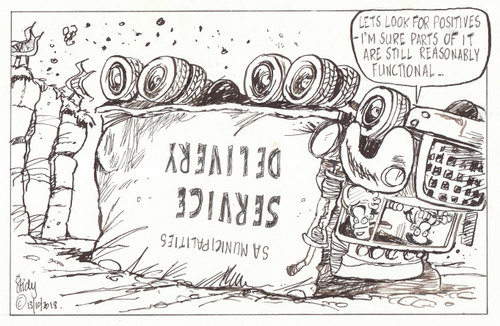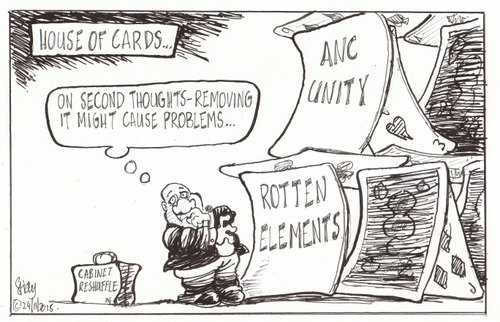In the face of a fierce and vitriolic fightback by the agents of corruption in the ANC, President Cyril Ramaphosa appeared to achieve a tactical victory at a meeting of the NEC with members finally committing to act against comrades accused of corruption. He now faced the challenge, however, to give effect to the resolution, no easy task in a party riddled by factionalism and internal power plays.
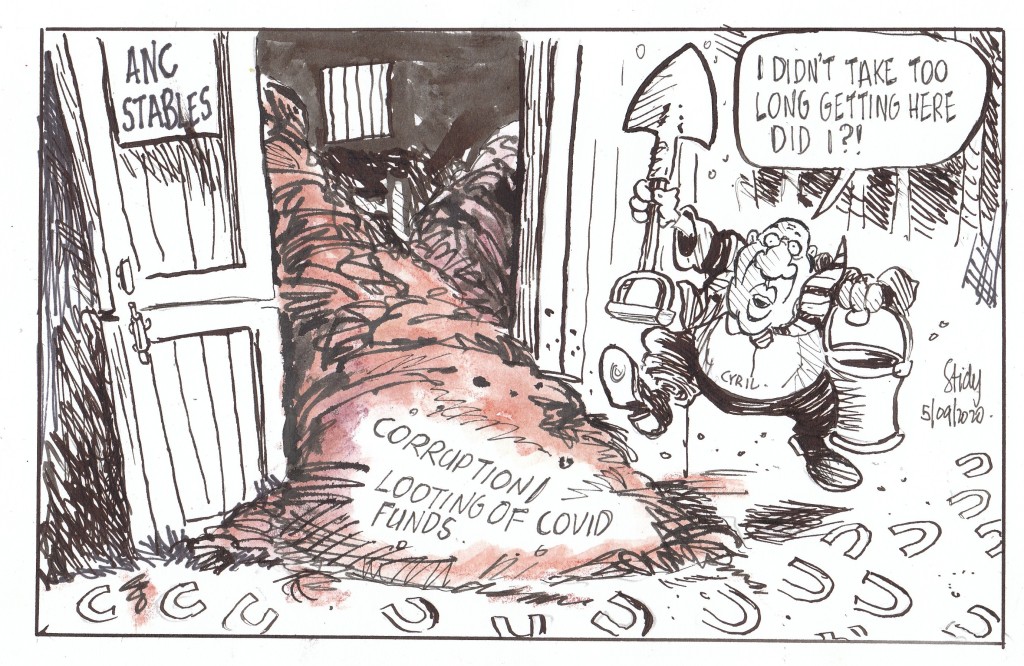
The Democratic Part (DA) wrapped up its annual policy conference by adopting numerous policies, including one that said race was not a proxy of disadvantage when dealing with issues of redress. This was followed by reports that the party risked yet another exodus of senior members after opening investigations against several leaders with the intention of charging them, while others were planning to leave because they were disillusioned with the direction the official opposition has taken.

Six months after lockdown measures were imposed, President Cyril Ramaphosa announced that the country would move to lockdown level 1 from Monday September 21. He also announced that an Economic Rescue Plan was being fast-tracked which was only to be expected given the contraction in the economy and the fact that the country was, by his own admission, now effectively bankrupt…
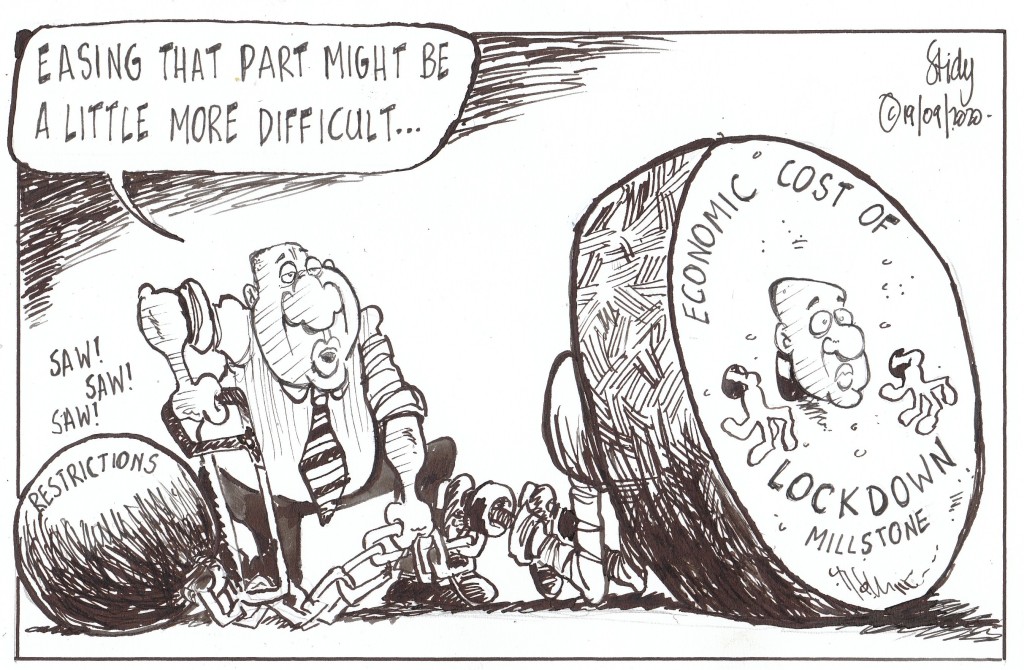
According to various sources, South African National Treasury officials reluctantly complied with orders to find funds to bail out the state airline, fearing they may erode the nation’s fiscal credibility. Finance Minister Tito Mboweni had long argued that the government can’t continue funding the national carrier, putting him at odds with the top leadership of the ruling ANC and Public Enterprises Minister Pravin Gordhan, who insist it must keep flying,
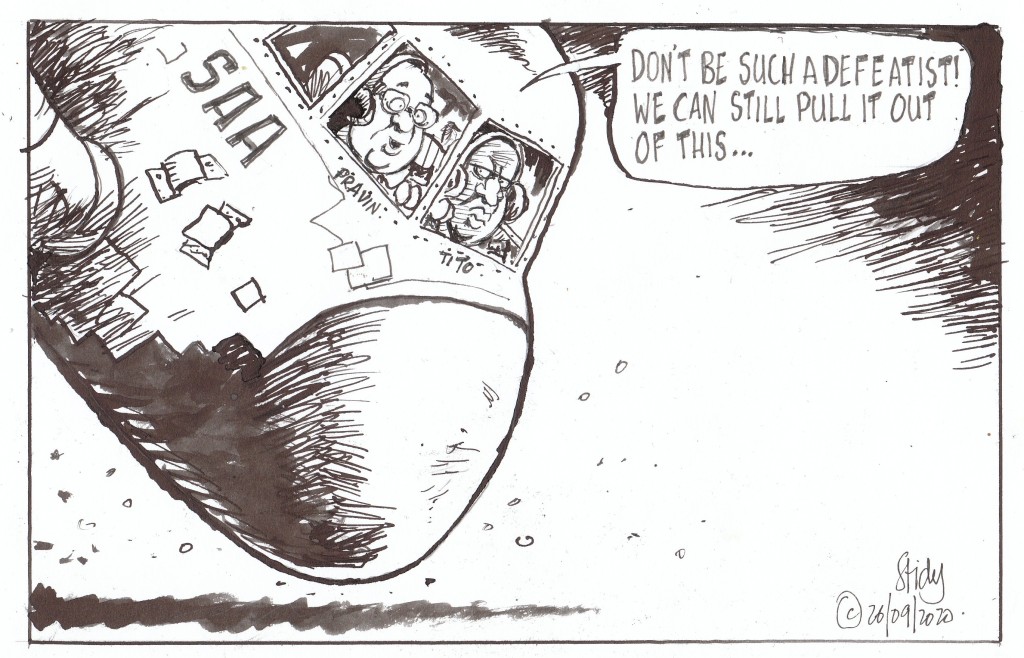
The high profile sweep on officials and businesspeople implicated in the R255 Million Free State asbestos audit deal scandal was universally welcomed because there has been an overwhelming perception among the public that thievery, as the modus operandi of the tenderpreneurs, would remain unchecked. According to opposition parties, however, the arrests marked just the tip of the iceberg and further investigations were needed to bring all those involved to book.
Meanwhile, the Evangelical Alliance of South Africa said that the practices at the KwaSizabantu – which involved allegations of human rights abuses and money laundering – were damaging to the reputation of other churches…
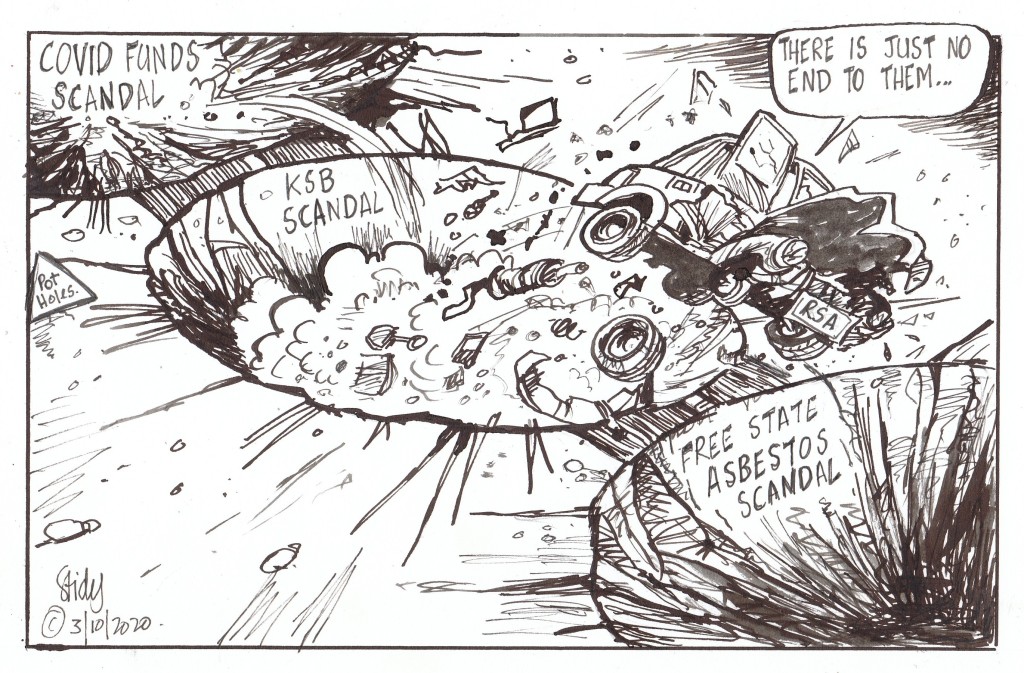
Msunduzi administrator Scelo Duma described the SAP financial system as “the Achilles heal of Msunduzi”. The top-of-the-range software package, installed in 2016 to integrate the management of finances, had already cost the municipality over R251 Million and had continued to be plagued with problems.

South Africa wouldn’t be able to meet its finance ministry’s debt targets and it may be undesirable for it to attempt to do so at a time when the economy is being battered by the fallout from lockdown, according to an advisory panel appointed by President Cyril Ramaphosa. In a more than 100-page document advising the government on an economic recovery programme that Ramaphosa was due to unveil the Presidential Economic Advisory Council said spending cuts would hold back growth and have adverse consequences.

The news that Health Minister Zweli Mkhize and his wife May have tested positive for Covid-19 was a reminder that people are still vulnerable despite the diminishing rate of infection in South Africa. It was especially sobering considering what is happening in the US and Europe where infection rates have begun to soar again as part of the ‘Second Wave’ of the pandemic.
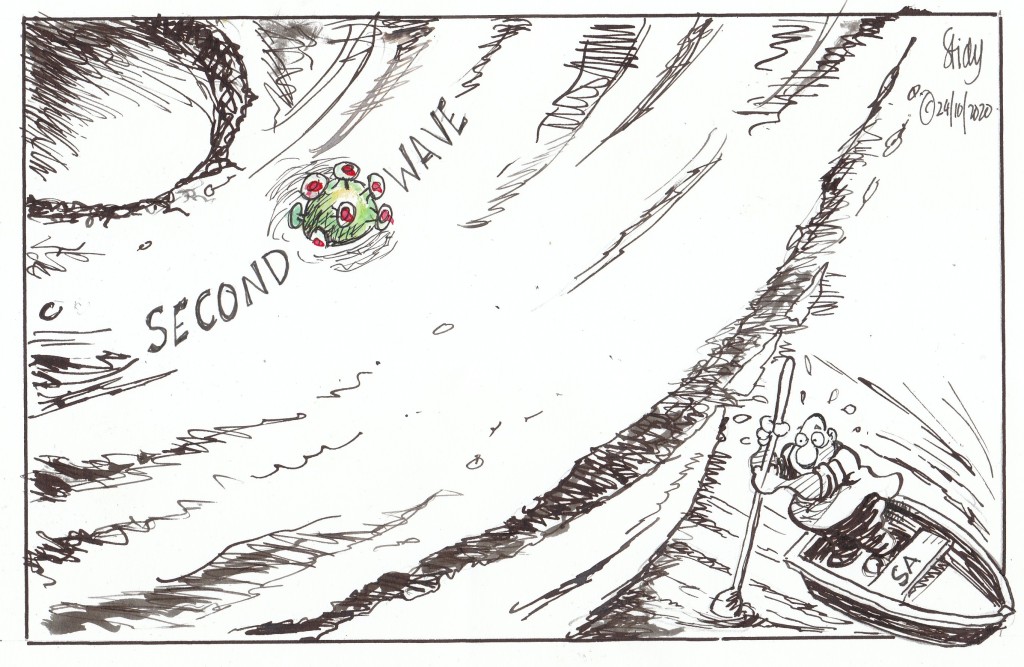
Tabling his mid-term budget Finance Minister Tito Mboweni stressed the country was in trouble and that something needed to be done. Acknowledging that there was “no room for slippage” he promised to put a break on expenditure and rein in civil service salaries – something that would have to be seen to be believed, given that he lost his SAA arguments and had been forced to extend a R10,5billion lifeline to the bankrupt national airline.
